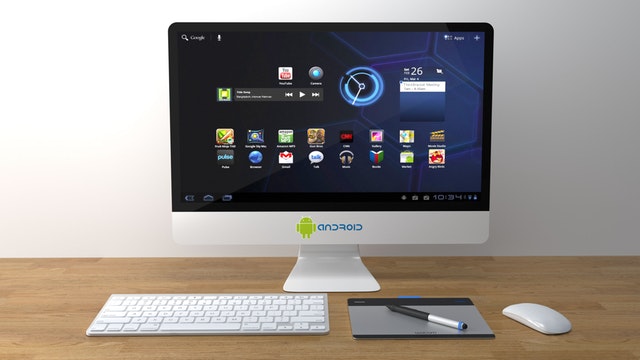
Most of the smartphones on offer today are either running on Apple iOS or Google’s Android operating systems. These two platforms account for the majority of the smartphone market. According to the IDC, these two platforms accounted for 99.7% of the market in 2017. The other players who are playing in less than 1% of the smartphone market include BlackBerry and Windows. Currently, Blackberry is now manufacturing Android devices.
The truth is, both dominant platforms are great. As much as they are different, there are commonalities between them. In this article, we are going to compare the two titans and see who stands to win. Ultimately, Sean Seshadri advises that you should know what you want in a smartphone, count which smartphone wins in each category, and that is your recommended option.
Apps
Let us compare the figures for both platforms. Below is the approximate number of apps that you will find in the Apple App Store and Google PlayStore.
iOS: 2.0 million
Android: 3.8 million
The truth is that no one uses all these apps, so they are not a good metric to determine which platform is good. When you look at the iOS platform, it has been lucrative for developers, but Android is gaining ground. In the US market, iOS is dominant, but in other countries, Android is first.
When you look at Google’s Play Store, there are more free apps compared to the App store. But for the best apps, you will find most of them getting to iOS first, and some don’t get to Android.
Affordability
The most expensive smartphones are iOS devices with the iPhone X breaking records to be the first smartphone to cost more than $1,000. iPhone 8 starts at $700 and iPhone 8 Plus starts at $800. If you want to spend less money in the iOS market, you can go for a 2-year old hand iPhone 6S that starts at $450. That is how cheap an iPhone before you get to the second-hand market.
You cannot compare Apple’s prices to the pricing model of Android which has a range of offers. For instance, Google’s Pixel 2 phones and the Galaxy Note 6 almost match with the pricing model of an Apple iPhone. On the other hand, there are low-cost handsets that are manufactured to optimize the phones to work on low-end hardware.
If you add the number of free apps on Android and the availability of low budget devices, then Android is a natural choice for most people.
Battery Life and Charging
Battery life is the biggest priority when selecting a smartphone. It is tough to compare both platforms because they all use different hardware. In one way, we can say that iOS tries to get the most out of the battery per the mAh rating, while the Android device has a bigger battery that can outlast the battery in an iPhone.
iOS and Android devices give you a screen to view the battery usage by app, but it is only the Android platform that shows you an estimate the battery life you have left. The Android and iOS smartphones offer options for power saving, but the Android devices provide more customization.
Security
There has been a lot of security issues with Android devices, but most of the issues have been rumors. Now, since most people get Android apps from the Play Store, most Android devices are safe. Manufacturers like Samsung offer extra security features for their devices, but the updates can at times delay essential patches that need to be fixed.
On Apple, the iPhone X device has both Face and Touch ID. The company encrypts its data in iMessage and other apps which offers a significant edge over Android.
Sean Seshadri recommends that there are different categories that people look at which we have not covered, like the camera, and the accessories to name a few. All in all, you need to pay attention to what matters to you. If you go for some free apps to use, then Android is best for you. If security is a very critical feature for you, Apple is the best choice. Both platforms have lots of features, and they are both excellent choices for you.